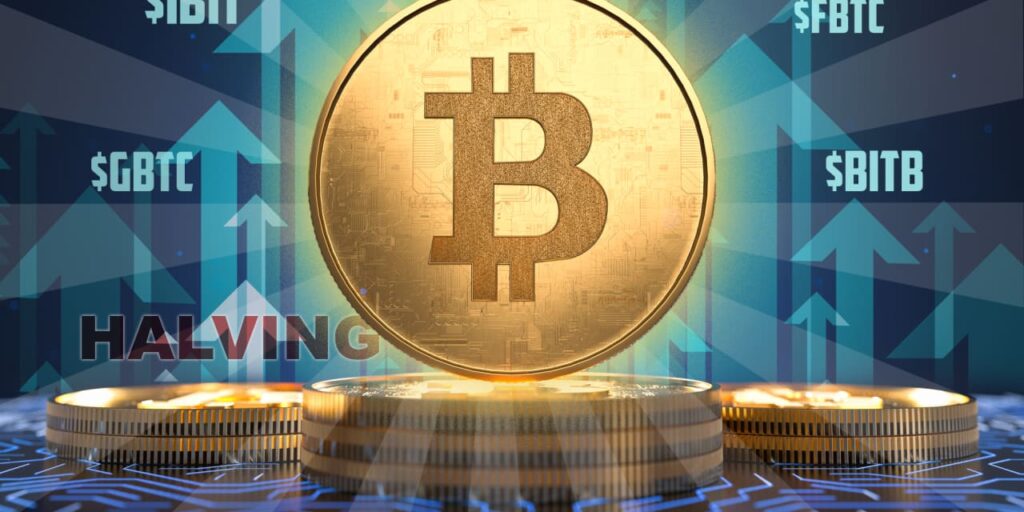Bitcoin surged into record territory Tuesday, but didn’t stay there for long.
The No.1 crypto
BTCUSD,
traded 8.2% lower Tuesday afternoon to around $62,175, retreating from a record high at $69,208.79 reached earlier in the day, according to Dow Jones Market Data.
Other major cryptos also fell Tuesday afternoon, with ether
ETHUSD,
down 4.6% to around $3,410, according to Dow Jones Market Data. Binance Coin dropped 8.8%, Solana
SOLUSD,
declined 7.3% and XRP
XRPUSD,
sank 12%.
There was “speculative positioning going alongside more longer-term respositing” into bitcoin, as the crypto climbed to an all-time high earlier, according to Rich Rosenblum, co-founder and president at digital asset trade firm GSR.
Bitcoin pulled back as there was “too big of a portion of a speculative trading community all trying to take profits at once,” Rosenblum said in a call.
Still, the fundamental reasons that drove bitcoin’s rally so far this year remain intact, Rosenblum said.
Bitcoin is up over 50% year to date, with the surge mostly driven by institutional inflows into bitcoin exchange-traded funds and optimism around the coming “halving” event, which is expected to happen in April.
Investors have seen a “a ton of new organic buy-side demand” after several new bitcoin ETFs started trading in the U.S. since Jan. 11, according to Matt Ballensweig, head of Go Network at crypto investment services provider BitGo.
Meanwhile, halving is a mechanism written in the blockchain’s algorithm to control the supply of bitcoin, which has a cap of 21 million. At halvings, the reward for bitcoin mining is cut in half. Halvings are scheduled to happen about every four years, until the maximum supply of 21 million bitcoins are all released.
As bitcoin hit a new record high, it has the crypto in “untested waters” in terms of price discovery, Ballensweig said in a call.
While Ballensweig said it could prove difficult to determine the new equilibrium price for bitcoin, he also thinks it has the potential to reach as high as $150,000 in the next six to 12 months as institutional interest builds up.
Read the full article here












